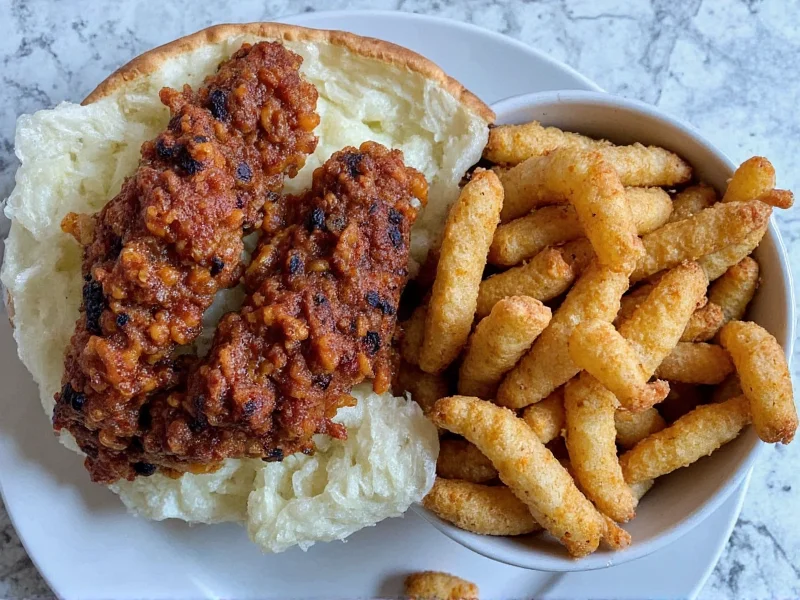When searching for what Cajun means, you're exploring one of America's most vibrant cultural traditions. The term "Cajun" specifically describes the descendants of Acadian exiles who settled in rural south Louisiana after being forcibly removed from Canada's Maritime provinces by the British during the Great Upheaval (Le Grand Dérangement) between 1755 and 1763. These French colonists adapted to their new environment, creating a distinctive cultural identity that continues to thrive today.
Historical Origins of Cajun Culture
The story begins in 1604 when French settlers established colonies in what is now Nova Scotia, New Brunswick, and Prince Edward Island—collectively known as Acadia. For over 150 years, these Acadians developed a unique farming and fishing culture. When Britain gained control of the region, they demanded an unconditional oath of allegiance from the Acadians, who refused due to their neutral stance. This led to the tragic expulsion where approximately 11,500 Acadians were forcibly removed from their homes.
After years of displacement, many eventually settled in Louisiana's bayous and prairies, where they adapted their French traditions to the subtropical environment. They incorporated elements from Spanish colonists, enslaved Africans, and Native American tribes like the Choctaw, creating what we now recognize as Cajun culture.
Cajun vs. Creole: Understanding the Difference
One of the most common points of confusion is distinguishing between Cajun and Creole cultures. Understanding what makes food Cajun versus Creole is essential:
| Characteristic | Cajun | Creole |
|---|---|---|
| Origins | Rural, descended from Acadian exiles | Urban, primarily New Orleans, mixed European, African, Caribbean |
| Cuisine Style | Rustic, one-pot meals, darker roux | More refined, tomato-based sauces, lighter roux |
| Language | Cajun French (Acadian dialect) | Louisiana Creole (French-based creole language) |
| Cultural Setting | Rural south Louisiana | Primarily New Orleans |
Key Elements of Cajun Culture
Cajun Cuisine
When people ask what is Cajun food, they're usually referring to the hearty, flavorful dishes characterized by the "holy trinity" of onions, bell peppers, and celery, plus garlic and cayenne pepper. Unlike popular belief, authentic Cajun cooking traditionally uses less heat than commercialized versions suggest. Signature dishes include:
- Gumbo (distinct from Creole gumbo)
- Jambalaya (brown, tomato-less version)
- Boudin (pork and rice sausage)
- Andouille sausage
- Boiled crawfish with corn and potatoes
Music and Language
Cajun music features the accordion, fiddle, and triangle, with lyrics traditionally in Cajun French. This French dialect, while related to standard French, developed unique vocabulary and pronunciation during the Acadians' isolation. Though English dominates today, preservation efforts keep the language alive.
Geographic Distribution Today
When exploring what Cajun ethnicity encompasses, it's important to understand its geographic concentration. The heart of Cajun country lies in 22 parishes of south Louisiana officially designated as Acadiana, with Lafayette serving as its unofficial capital. While the culture remains strongest here, its influence has spread nationally and internationally through food, music, and festivals.
Modern Influence and Preservation
Despite challenges from assimilation and natural disasters like Hurricane Katrina, Cajun culture has experienced significant revitalization. The Council for the Development of French in Louisiana (CODOFIL) works to preserve the language, while festivals like Festivals Acadiens et Créoles celebrate the living culture. Today's understanding of what is Cajun culture includes both traditional practices and contemporary adaptations that keep the heritage vibrant.
Common Misconceptions
Several myths persist about Cajun identity. Many believe Cajun and Creole are interchangeable terms, but they represent distinct cultural paths. Another misconception is that all spicy Louisiana food is "Cajun" – authentic Cajun cooking emphasizes flavor over heat. Additionally, while Cajun French remains important, most Cajuns today are primarily English-speaking, with French fluency concentrated among older generations and language revival participants.











 浙公网安备
33010002000092号
浙公网安备
33010002000092号 浙B2-20120091-4
浙B2-20120091-4